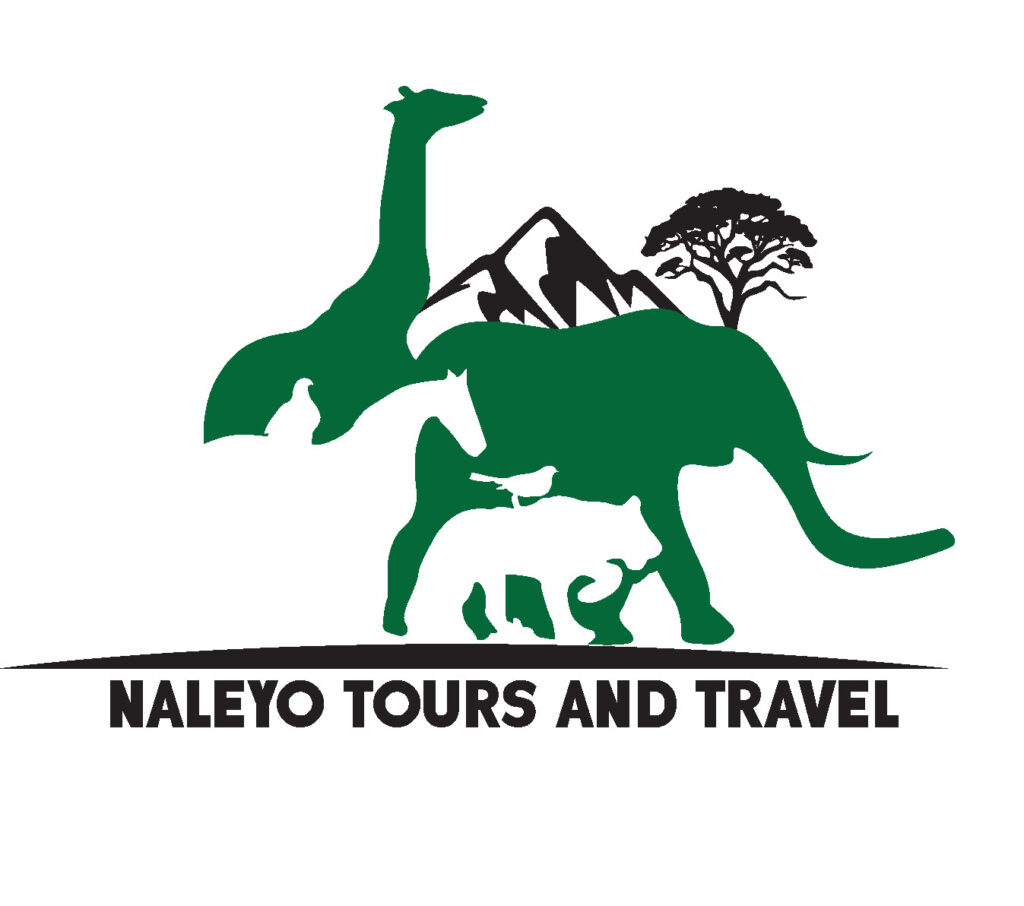Kilimanjaro National Park is a UNESCO World Heritage Site located in northeastern Tanzania and is famous for being home to Mount Kilimanjaro, the highest peak in Africa at 5,895 meters (19,341 feet). The park covers an area of approximately 1,688 square kilometers (652 square miles) and offers diverse ecosystems, from tropical rainforest at the base to alpine desert near the summit.
Key Features:
Mount Kilimanjaro: The iconic snow-capped peak is the main attraction, drawing climbers and trekkers from around the world. The mountain has several trekking routes, each offering unique experiences and views.
Ecological Zones: The Park features distinct ecological zones, including:
Cultivated Land: The area surrounding the park is characterized by farms and settlements.
Rainforest: The lower slopes are covered in lush rainforest, home to unique flora and fauna.
Heather and Moorland: Higher up, the vegetation changes to heather and moorland, with unique plant species like the giant groundsel.
Alpine Desert: Near the summit, the landscape turns to alpine desert, consisting of sparse vegetation and rocky terrain.
Biodiversity: The park supports a wide range of wildlife, including various birds, monkeys (such as black-and-white colobus monkeys), and smaller mammals. Its flora includes giant lobelias, impatiens, and endemic plants.
Activities:
Trekking and Climbing: The main activity in Kilimanjaro National Park is trekking to the summit of Mount Kilimanjaro. Popular routes include:
Marangu Route: The only route with hut accommodations, it is considered the easiest but can be crowded.
Machame Route: Known as the “Whiskey route,” it is more challenging and offers stunning views.
Lemosho Route: A longer trek that provides a less crowded experience and beautiful scenery.
Rongai Route: A quieter approach from the north side of the mountain.
Guided Tours: Experienced guides accompany trekkers to ensure safety and provide insights into the mountain’s ecology and geology.
Bird Watching: The diverse habitats support numerous bird species, making the park a good destination for bird enthusiasts.
Cultural Experiences: Visitors can engage with the local Chagga people, learning about their traditions, culture, and lifestyle.
Best Time to Visit:
The best times to trek Kilimanjaro are generally during the dry seasons, from January to March and June to October. These periods offer the most stable weather conditions.
Conservation:
Kilimanjaro National Park plays a crucial role in conservation efforts, with ongoing initiatives aimed at protecting the unique ecosystems and wildlife within the park. Efforts are also in place to manage the impact of tourism, ensuring sustainable practices are followed.
Kilimanjaro National Park is a must-visit for adventure seekers and nature lovers, providing a unique opportunity to experience Africa’s highest peak and its fascinating ecosystems.
